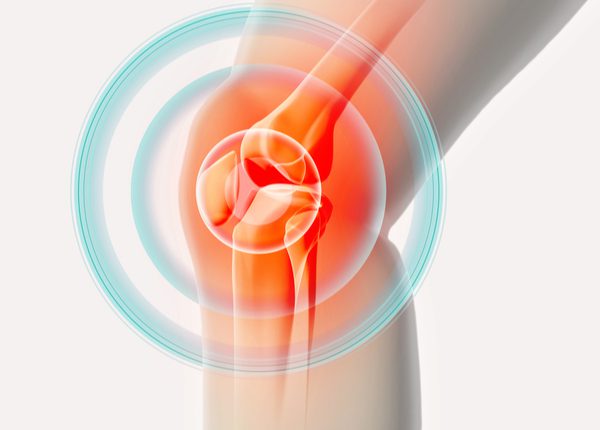
ANTERIOR TOTAL HIP ARTHROPLASTY
Total hip arthroplasty is a procedure to remove the damaged hip joint and replace it with an artificial one with the goal of returning to the activities previously enjoyed without discomfort. Although the anterior approach to total hip replacement was first performed over 50 years ago in France, it wasn’t popularized until much more recently in the United States with the advent of a specialized table. This approach allows the surgeon to replace the damaged joint by working between the muscles rather than detaching them. It is performed through a small incision utilizing minimally invasive techniques on the front of your hip. The anterior approach allows for the use of xray during the surgery to ensure accurate component placement and leg lengths. Advantages of the anterior approach over the more traditional posterior approach include more accurate component placement, accelerated early recovery and pain relief, decreased dislocation rates, and no need for hip precautions following surgery.
Typically, patients who may be a candidate for a total hip replacement have significant groin pain that often can travel down the front of their thigh, sometimes all the way to the knee while performing everyday activities such as walking, hiking, or running. Often, patients will complain of difficulty placing their shoes or socks. Discomfort in the buttocks may be referred pain from the low back and spine rather than the hip itself. If the discomfort is only mild, surgery would not be recommended as patients will often find that their pain is improved with activity modification, anti-inflammatory medications, and/or physical therapy.

PARTIAL KNEE ARTHROPLASTY
Minimally invasive partial knee replacement is an alternative to total knee replacement and involves replacing only the part of the knee that has been damaged. The knee has three compartments; the inside (medial), outside (lateral), and patellofemoral (under the knee cap). While oftentimes severe arthritis will involve the entire knee, if only one of the compartments is involved, then you may be a candidate for a partial knee replacement. Advantages of partial knee replacement include enhanced recovery with the procedure possibly even performed on an outpatient basis and a more natural feeling knee due to the preservation of all your native ligaments. Partial knee replacement patients continue to enjoy an active lifestyle, returning to many activities that are often avoided after total knee surgery.
Candidates for partial knee replacement will often describe isolated pain only in one specific part of the knee, most  commonly on the inside (medial) aspect, associated with activities such as walking, jogging, golfing, or recreational sport. Similar to other forms of joint replacement however, if the discomfort is only mild then surgery would not be recommended as patients will often find that their pain is improved with anti-inflammatory medications, physical therapy, or steroid injections.
commonly on the inside (medial) aspect, associated with activities such as walking, jogging, golfing, or recreational sport. Similar to other forms of joint replacement however, if the discomfort is only mild then surgery would not be recommended as patients will often find that their pain is improved with anti-inflammatory medications, physical therapy, or steroid injections.

TOTAL KNEE ARTHROPLASTY
Total knee replacement is a procedure to remove the damaged knee joint and replace it with an artificial one composed of metal and plastic. As opposed to partial knee replacement, a total knee arthroplasty refers to the replacement of the entire joint. Total knee replacement is one of the most common and most successful procedures performed in orthopaedic surgery, allowing patients to return to activities such as walking, golfing, and biking with a significant improvement in discomfort. The surgery is performed through an incision on the front of the knee, cutting away the damaged bone and replacing the joint by cementing metal components to the bone ends and placing a plastic component in between, allowing the joint to move freely without the grinding limitation and pain of arthritis.
Candidates for total knee replacement are typically 50+ years of age and will often describe sharp pain in the knee associated with activity that is not relieved with over the counter anti-inflammatory medicines, physical therapy, or steroid injections.
DEFORMITY CORRECTION WITH TOTAL KNEE REPLACEMENT (Before and After Total Knee Replacement)

REVISION AND COMPLEX JOINT REPLACEMENT
Although joint replacement continues to be one of the most successful surgeries performed in the United States, there are occasional complications that may require revision surgery. The specific reasons for revision surgery are numerous and require consultation with your surgeon to discuss your options if you are the recipient of a total joint replacement but continue to have activity-limiting pain or discomfort.
Complex joint replacement may be necessary for the patient who requires a total joint replacement but has complex anatomy, prior injury, or repeated prior surgery that complicates how the surgery is performed. These patients may require a surgeon with experience in many different aspects of joint replacement surgery to ensure the best outcome possible.

















